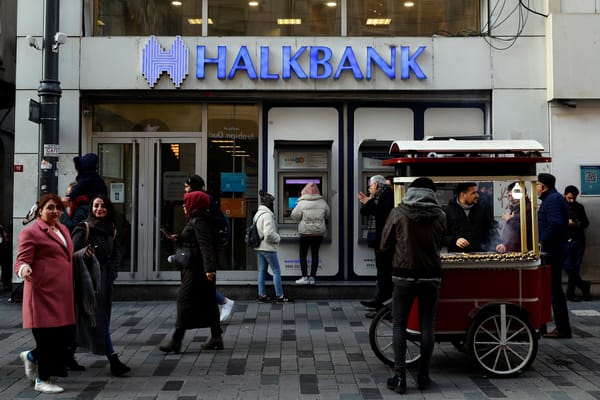The Shifting Politics of Debt in Turkey
State-sponsored credit campaigns are not a new strategy for Turkish governments but the low-interest consumer loans that were extended to almost 7 million people in the first months of the Covid-19 pandemic surpassed all earlier financial inclusion programs. Inviting masses into the financial sector








